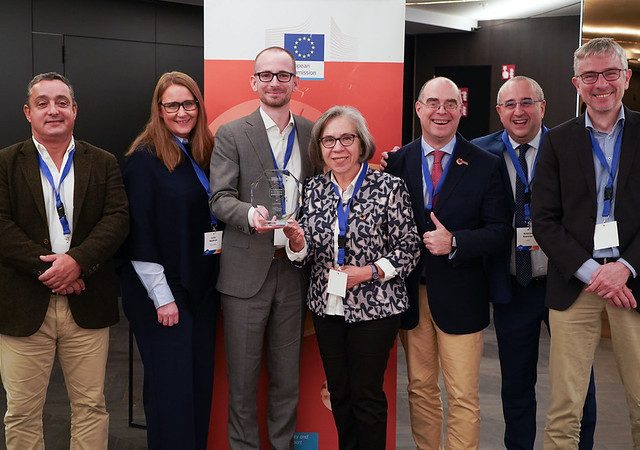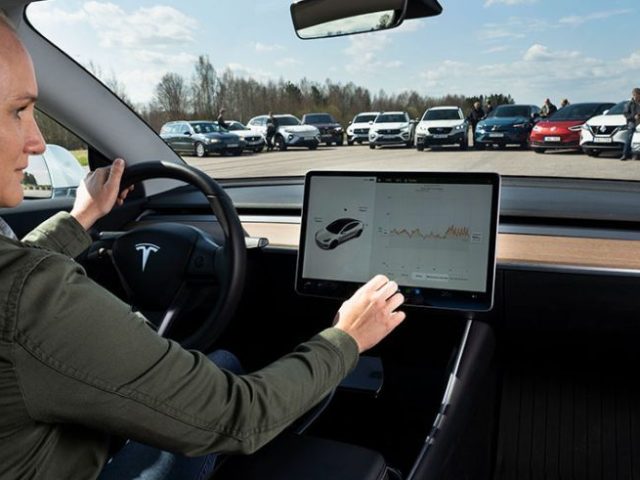Drink-Driving in Portugal
Figures
The numbers of officially-recorded alcohol-related deaths and injuries published by the National Road Safety Authority (ANSR) in 2020 and covering the latest years available, involving at least one driver or pedestrian with a BAC ≥ 0.5g/l, are shown in the table below.
| Year | Injury collisions | Fatalities (within 30 days) | Serious injuries (1 day in hospital) |
|---|---|---|---|
| 2016 | 1985 | 118 | 284 |
| 2017 | 1989 | 133 | 284 |
| 2018 | 2215 | 133 | 326 |
National policies
In the National Road Safety Plan (PENSE 2020) published in 2017 and covering the period until 2020, several actions on alcohol were included:
Carry out studies and estimates of risk of driving under the influence of psychoactive substances, namely alcohol and drugs, in particular taking into account the gender dimension;
Carry out national campaigns to tackle drink-driving, taking again into account the gender dimension;
Investigate the introduction of alcohol interlocks.
A new road safety strategy is still being developed and should be published by the end of 2021; one key area on road user behaviour is expected to address drink and drug driving.
BAC limits and sanctions
0.5 standard
0.2 for novice and professional drivers
Sanctions in force for drink-driving offences are shown in the table below.
| Type of drivers | BAC | Fines in € | Driving ban | Type of violation |
|---|---|---|---|---|
| Novice and professionals | ≥0.2 g - <0.5g/l | €250-1250 3 penalty points (out of 12) | 1 – 12 months | Serious |
| ≥0.5 - <1.2g/l | €500-2500 5 penalty points (out of 12) | 2 – 24 months | Very serious | |
| Ordinary drivers | ≥0.5 - <0.8 g/l | €250-1250 3 penalty points (out of 12) | 1 – 12 months | Serious |
| ≥0.8 g/l - < 1.2 g/l | €500-2500 5 penalty points (out of 12) | 2 – 24 months | Very serious | |
| All drivers | ≥ 1.2g/l | 6 penalty points (out of 12) | 1 year prison or 120 days of fine | Crime |
Enforcement
Between 2010 and 2019 the number of tests carried out to detect drink-driving increased progressively. With regard to the percentage of offenders with BAC ≥ 0.5g/l, in relation to the total number of drivers tested (rate of offenders), there has been a decrease with oscillations since 2009. 2019 saw the lowest value of the last 11 years (1.9%).
Between 2010 and 2019 the total percentage of offenders decreased by half (from 3.8% to 1.9%), while the proportion of offenders with a BAC equal or above 1.2g/l, increased by 11%. In the year 2019, the overwhelming majority of alcohol tests were random (89%), and 74% of the total of drivers with a BAC equal or above 0.5g/l were checked in this way.
Rehabilitation and Alcohol Interlock programmes
No alcohol interlock programme is in place in Portugal. A proposal for such a scheme was submitted by Prevenção Rodoviária Portuguesa to the Minister of Internal Affairs.
Also, a working Group coordinated by the National Road Safety Authority produced a report on this subject as planned in the National Road Safety Plan (PENSE) 2020. So far, no further steps have been undertaken. It is possible that specific measures on alcohol interlocks will be part of the new national road safety strategy.
Campaigns
In June 2019 the campaign “Estrada e Consequência” (Road and consequence) was launched, showing real people who lived the drama of a car crash and went through difficult rehabilitation processes, some of them living with physical marks for the rest of their lives. These dramatic testimonies were shared daily radio stations for 12 weeks, with the aim of alerting and raising awareness of citizens of the importance of adopting preventive and responsible behaviour on the road.
The National Road Safety Authority (ANSR), the National Republican National Guard (GNR) and the Public Security Police (PSP) launched the Road Safety Campaign “Taxa Zero ao volante”(Zero BAC while Driving), part of the National Enforcement Plan of 2021. Taking place between 6 and 12 July, the campaign aimed to alert drivers and all vehicle occupants to the risks of driving under the influence of alcohol. One in four drivers killed in road accidents has a blood alcohol level equal to or greater than 0.5 g/l, and three in four of these drivers have a level equal to or greater than 1.2 g/l.
To read the full country focus click here.







